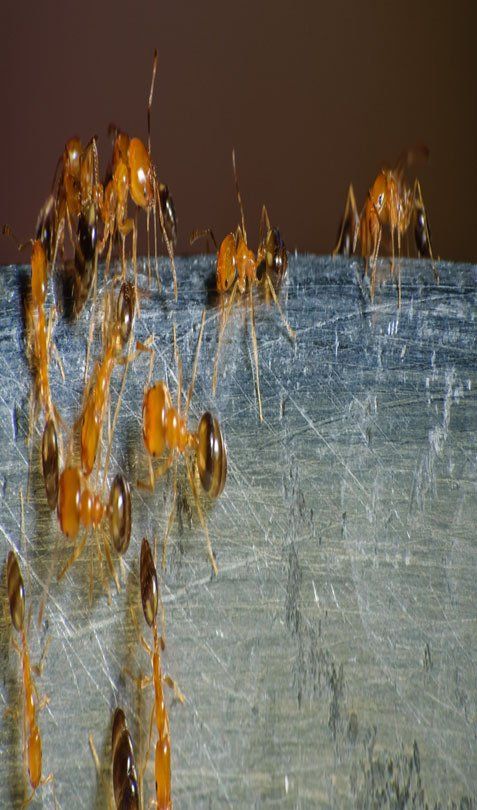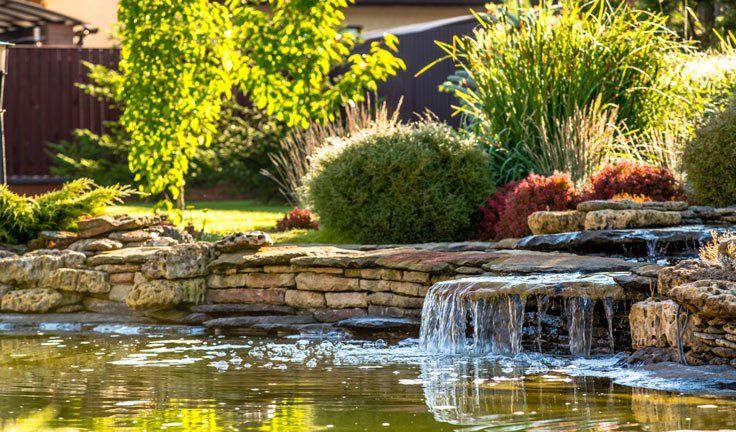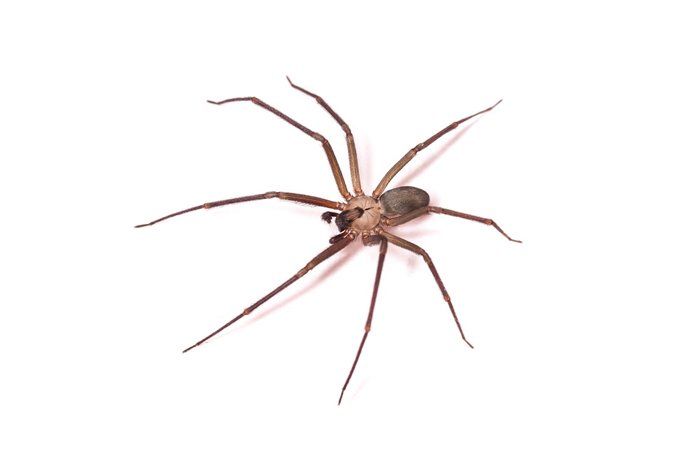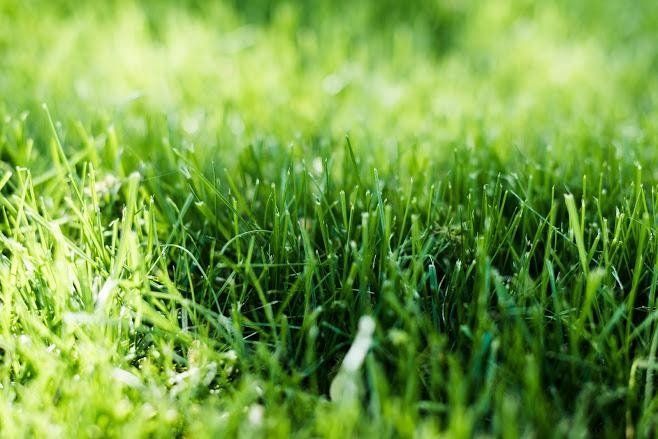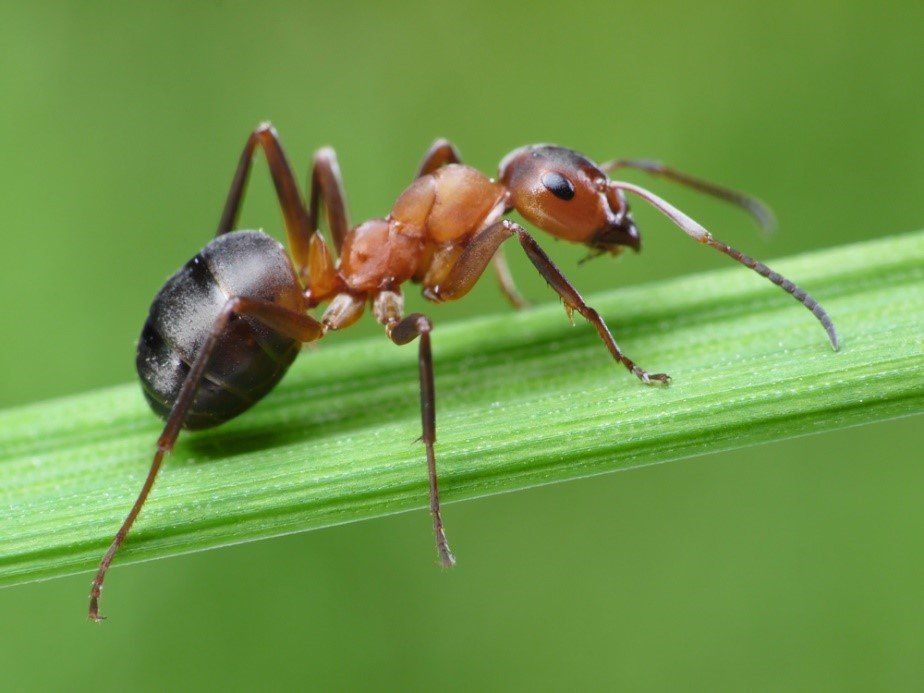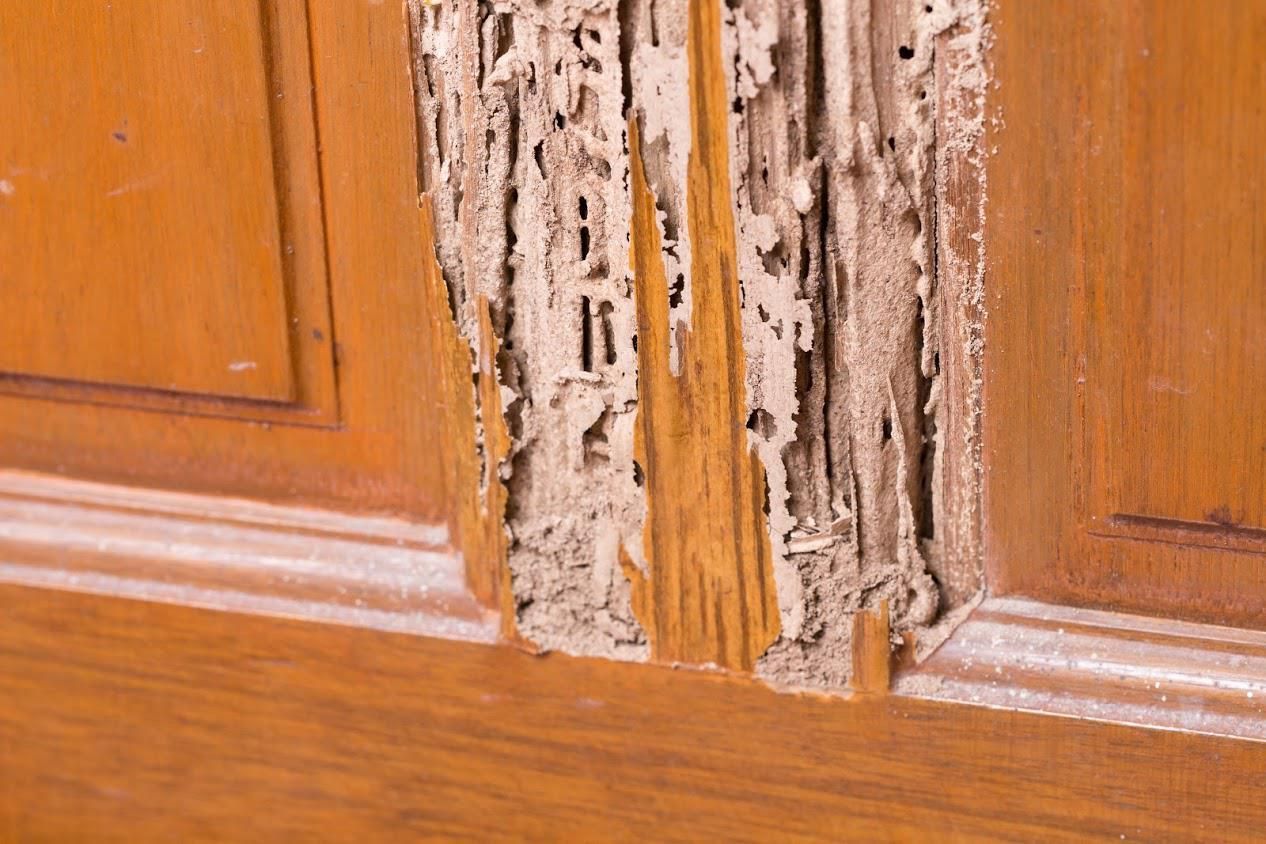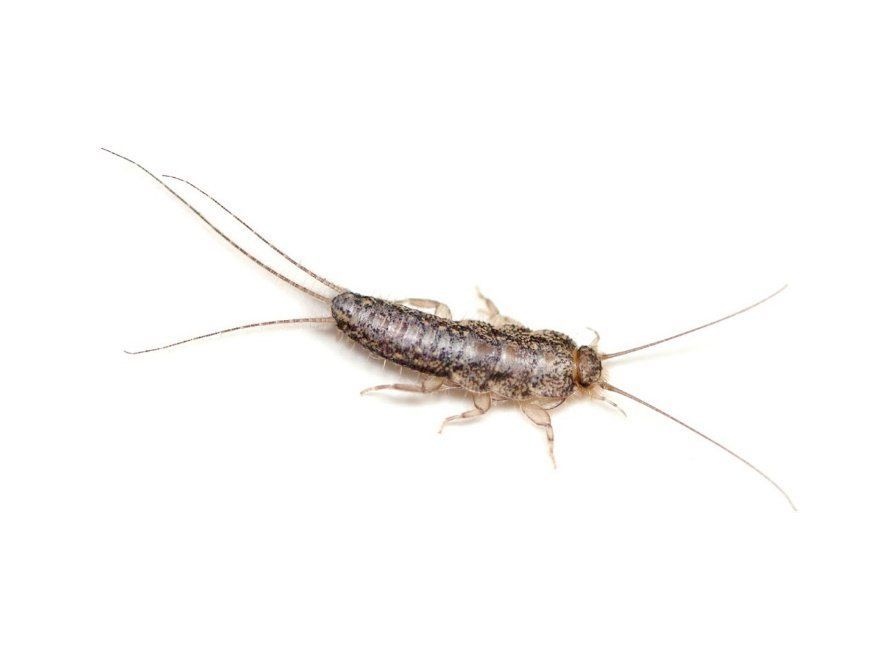Call Us Today: (352) 260-0366
Important Information About Wasp Infestations in Your Yard
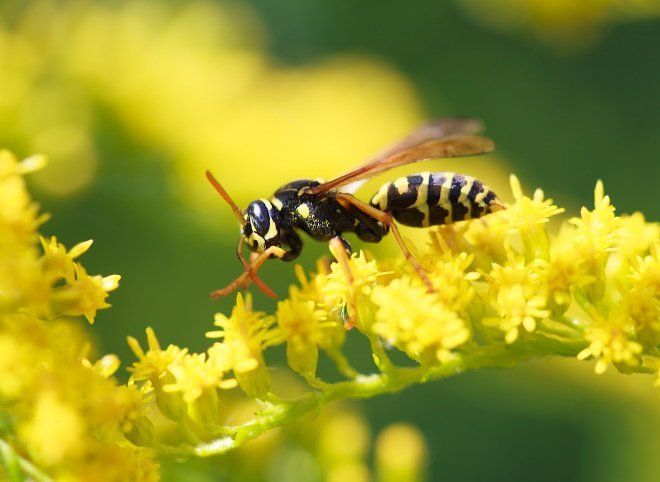
Most wasps are social insects that live in a colony. So, if you see a wasp in your backyard, it's not a loner. You may, in fact, have a wasp infestation. While wasps themselves are beneficial insects because they eat small pest insects, they are also stingers. A wasp infestation could present a danger to you and your family. Locate the Wasp Nest Wasp nests look different according to the species. Paper wasps, hornets, and yellow jackets are the most common social wasps, but you also have ground wasps. All wasps sting, though, so you want to avoid their nest until you can have it removed. To that end, you'll want to locate the nest. With social wasps, they usually build a hive that looks like a big ball of dirty paper. You usually see these nests high up in trees, under the eaves of your house, or other locations that are high up. Most social wasps, despite that name, prefer to locate their nests away from other wasp colonies. They sometimes hide, so locating these nests is sometimes difficult. For example, they might locate their nests inside a shed or shrub instead of on the edge. For these wasps, you'll want to watch for the insects and follow them to their nest. Ground wasps also build the paper nest, but it's located underground. They enter this nest via a small hole in the ground, and that's an area you don't want to inadvertently step. So, to locate this kind of wasp nest, set out canned cat food or sweet jelly to attract the insects. Then, simply follow them to their nest opening. Understand Wasp Stings The reason wasps sting is they feel threatened. Unfortunately, most people don't purposely threaten a wasp or its nest. Most wasp encounters that result in stings are accidental. Paper wasps aren't particularly aggressive. So, unless you're actively trying to kill the insects, they probably won't sting you. Hornets are far more aggressive. Yellow jackets like to build their nests underground. They're also the most aggressive of the wasp species. Indeed, their unpredictability and willingness to sting make them some of the most dangerous stinging insects in the U.S. One especially dangerous aspect of a wasp infestation in your yard is that they tend to swarm. A distressed wasp emits a pheromone that alerts the nearby colony of danger. So, more of the insects come out to defend their nest. Unlike bees, they can sting repeatedly. Additionally, they may follow you even if you're running away from the nest. Avoid Wasp Stings Wasp removal is tricky. Gentle paper wasps are relatively easy, but hornets and yellow jackets require special equipment and training to avoid getting stung. A single sting will hurt for hours unless you're allergic — in which case, the sting can be fatal. Numerous stings can result in hospitalization even if you're not allergic. Rather than try to remove the wasp nest yourself, your better bet is to avoid getting stung while you wait for the exterminators to arrive. First, locate the wasp nest using the above techniques. Don't get close — the point is simply to be able to avoid the nest while you go about your daily activities. While you're outside, exercise some precautions. For instance, avoid eating outside because that will attract the insects. They're guided by smells, so also avoid using any cologne or other scented items. This advice also relates to insect repellent, which yellow jackets actually like. Likewise, avoid wearing brightly colored or patterned clothing because it attracts the insects. If a wasp does land on your skin, don't panic and start flailing. You may end up sending the wasp into distress, and it may call for backup. Instead, calmly wait for it to leave or gently brush it away with a paper. If you do get stung, wash the area with soap and water and elevate it with ice to reduce the swelling. Understand the wasp infestation in your yard so you can avoid the insects while waiting for pest control. For wasp nest removal, call Gainesville Pest Control LLC .
Contact Information
Lic# JB239603
Phone: (352) 338-1013
Email: gainesvillepest@gmail.com
Address: 430 NW 39th Ave, Gainesville, FL 32609



